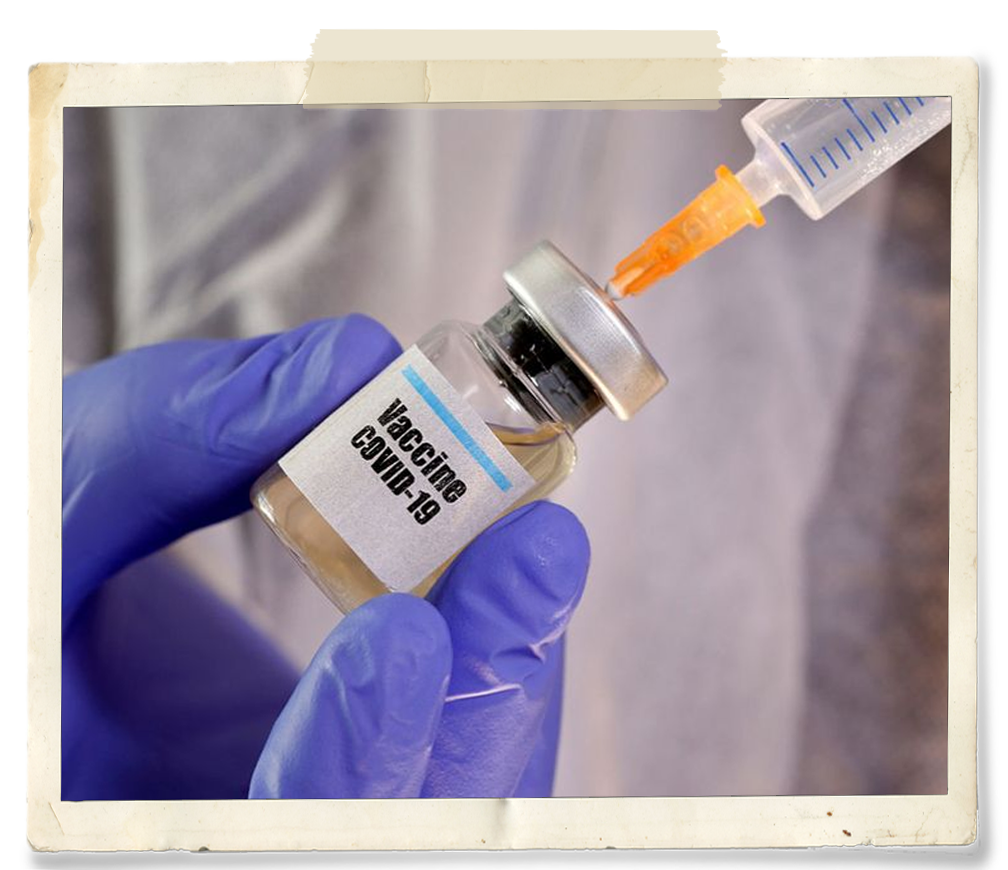Countries come together for COVAX
Development of vaccines seems to be the easy part considering the logistical nightmare in distributing them to every corner of the world. But humans are good at overcoming challenges

WAM
As wealthy nations spend billions of dollars for advanced vaccine orders, will underdeveloped countries end up as vaccine “have-nots”?
Numerous vaccines are under development using traditional and revolutionary techniques. Developed countries have poured billions into vaccine research and booked advanced orders.
For example, the US signed a deal in July to pay Pfizer Inc. and BioNTech SE nearly $2 billion to secure 100 million doses of their vaccine; it also gave $1 billion to the British pharma giant AstraZeneca for another 100 million doses of the Oxford candidate vaccine.
At least five vaccines have been authorised for emergency use including the ones by Pfizer, Moderna and Sinopharm. But the problems don’t end there. The production deals between vaccine developers and governments ensure that the first batch of vaccines will go to wealthy countries. That leaves citizens of underdeveloped countries out of the inoculation cycle.
Logistical challenge
More intimidating is the massive logistical challenge of getting COVID-19 vaccines to everyone. Approved vaccines will have to be produced in large numbers and a colossal airlift effort, equivalent to 8,000 Boeing 747 flights, is required to get them to the rest of the world.
With some companies having estimated prices of potential vaccines ranging from as low as $4 to a whopping $145 per person, a vaccine poses affordability issues.
There are signs of hope. With the Oxford vaccine, much of the funding came from the UK government. In March, the London announced a £65.5 million grant to the University of Oxford’s Jenner Institute, its vaccine research arm. Additional funding also came from outside the UK, including from the German Centre for Infection Research (DZIF) and the Oslo-based Coalition for Epidemic Preparedness Innovations (CEPI). So this was not solely a UK initiative.
£65.5 m
(million) grant was announced in March by London to the University of Oxford’s Jenner Institute, its vaccine research arm.
In a statement, the WHO stated: “COVAX, the vaccines pillar of the Access to COVID-19 Tools (ACT) Accelerator, is co-led by the Coalition for Epidemic Preparedness Innovations (CEPI), Gavi, the Vaccine Alliance, and the World Health Organisation (WHO) — working in partnership with developed and developing country vaccine manufacturers.”
It is the only global initiative that is working with governments and manufacturers to ensure COVID-19 vaccines are available worldwide to both higher-income and lower-income countries.
COVAX’s goal: deliver two billion doses of safe, effective vaccines that have passed regulatory approval and/or WHO prequalification, by the end of 2021.
“These vaccines will be offered equally to all participating countries, proportional to their populations, initially prioritising healthcare workers then expanding to cover vulnerable groups, such as the elderly and those with pre-existing conditions,” the WHO said. More than 170 countries have expressed interest to participate in the initiative.
The nine CEPI-supported candidate vaccines part of the COVAX plan are:
- Inovio, US
- Moderna, US
- CureVac, Germany
- Institut Pasteur/Merck/Themis, France/US/Austria
- AstraZeneca/University of Oxford, United Kingdom of Great Britain and Northern Ireland
- University of Hong Kong, China
- Novavax, United States of America
- Clover Biopharmaceuticals, China
- University of Queensland/CSL, Australia